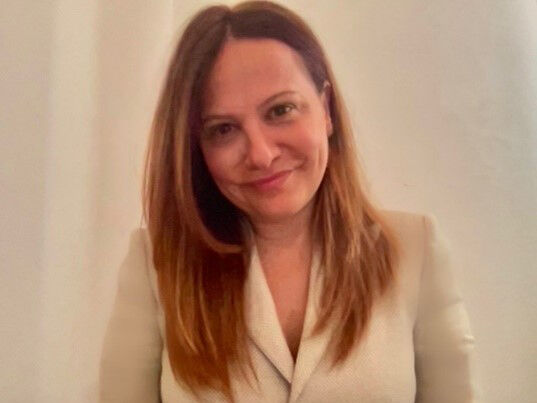Improving risk communication in public health crises: Interview with Dr Savoia, speaker at ECDC's risk communication workshop
ECDC talked to Dr Elena Savoia ahead of ECDC's two-day risk communication workshop where she is speaking on 13–14 September.

Elena Savoia is a Medical Doctor trained in Public Health. She is the Deputy Director of the Emergency Preparedness Research Evaluation & Practice Program at the Harvard T.H. Chan School of Public Health in Boston. She is also one of the founders of the IRIS Coalition, a research group dedicated to understanding infodemics.
We talked to her ahead of the two-day Workshop on Risk Communication organised by ECDC under the EU Initiative on Health Security from 13-14 September.
A lot of your work has focused on how to improve communication to the public during large scale emergencies. How did you get involved in this field of work in the first place?
When I was a medical student, I did most of my volunteer training in the infectious disease clinic, I was fascinated by viruses and their ability to mutate. One day, I visited an 8-year-old child with HIV, he contracted the virus from his mother. I still remember his face and the toys on his bed, at that time there was no antiretroviral therapy, that is when I realised the importance of prevention. Communication is an essential component of any prevention activity; this was the beginning of my journey and interest in the subject.
What is your contribution to this week's Risk Communication Workshop organised by ECDC under the EU Initiative on Health Security?
I will be focusing on how public health agencies can improve their communication capabilities. More specifically how they can integrate data from social media and population surveys to characterize the information environment and better target the population informational needs to improve more transparent communication building trust and resilience in times of crisis.
Prebunking is a term that is often used when it comes to fighting misinformation. Can you explain how “prebunking” can be used as part of a risk communication strategy?
Prebunking is an approach used as a positive proactive measure to provide important information and empower citizens in deciphering and digesting the information they are exposed to rather than telling them what to believe in. By adopting prebunking techniques you alert the population of the fact that misinformation is an industry and that there are people that gain financial and political power out of the information they disseminate. For example, platforms disseminating misinformation about vaccines make profit from the podcasts and newsletters people subscribe to. Unproven medical treatments sold in the online space, as an alternative to vaccines, are another practical example.
What will you describe as the main lessons learned from the COVID-19 pandemic when it comes to risk communication and how can we use this knowledge when faced with future health emergencies?
Undoubtedly, most of the communication challenges we experienced during COVID-19 were not due to failure in the mechanisms of communication. If the population does not trust the government, no matter how perfect the communication strategy is, they will not follow its recommendations. Trust is built through legacy, the legacy of how you have served your population overtime, how you have responded to the needs of the most vulnerable and how transparent you have been with the public.
Cultivating positive public relations is necessary to enhance a government’s ability to communicate effectively, a social media post or a press release will never be more effective than a personal direct contact.
In addition, we have learnt that good communication does not compensate for a poor public health infrastructure. In order to be better prepared for the next emergency we need to seriously invest in the public health system, enhancing prevention efforts and doing a better job in educating the public about the value of prevention.




